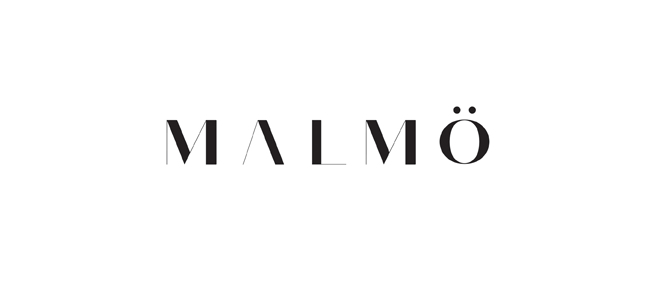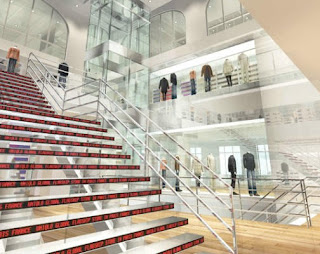


In series 3 of Transcript we look at the garments that have shaped the way men dress, becoming part of the daily ritual that informs who we are. For the first issue of this series Transcript looks at the trench coat, a garment that is continually re-configured yet is still evidently contemporary and of our time.
The first version of the trench coat can be traced back to the 1850’s with Aquascatum producing a version for the British army. Made out of heavy weight wool this version soon became a replacement of the serge greatcoats that were previously worn by officers and warrant class officers. Thomas Burberry designed the most famous version in 1901. This classic style was double-breasted, 10 buttoned, had shoulder straps and made out of gabardine – a fabric that Burberry himself developed. Traditionally trench coats were produce in khaki, beige or black with the hem of the coat finishing slightly below the knee however, as time progressed the hem started to shorten, it soon became 8 or 6 buttoned whilst other details like the D-ring on the belt were added. It was said that the D-ring would act as the attachment for hand grenades or as a slot to carry a sword in the battlefield.
The trench coat endures to this day bearing an unbridled similarity to the garment that Burberry designed. Worn as a light overcoat or more traditionally as a raincoat, it is a heavily emblematic signifier of the old masculinity that we all seek to espouse as modern men.
Wishing you all a great week ahead.















































